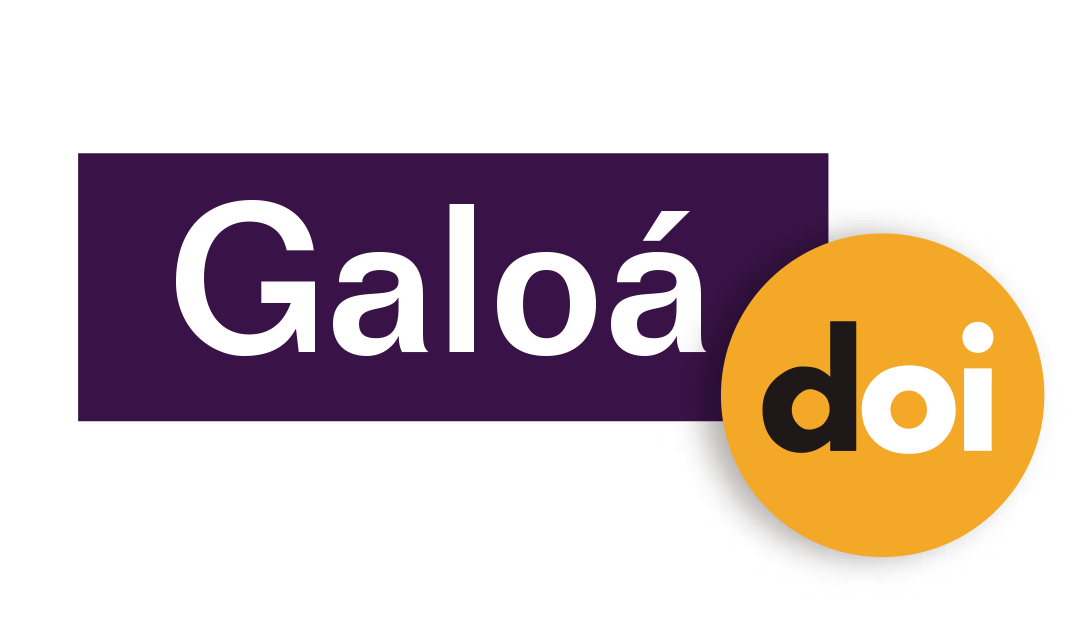Stimulating High School Student Creativity, Motivation, and Mathematics Performance with Classes Based on Creativity Techniques
Resumo
Background: Several countries and organisations highlight creativity when advocating an education connected to the current moment of scientific and technological progress we live, especially in the mathematics field. Objectives: We aim to answer the following questions: (a) Is senior high school students’ creativity, motivation, and mathematics performance triad positively influenced by extracurricular mathematics classes based on creativity techniques? And (b) What are the different students’ perceptions of mathematics based on the type of classes they received throughout the course (conventional classes and classes based on creativity techniques)? Design: To this end, we structured an experimental study to compare the results obtained from conventional classes to a control group and from classes based on creativity techniques to an experimental group. Settings and participants: The sample consisted of 41 senior high school students of a public school in the Federal District, Brazil, randomly selected after wide dissemination. Data collection and analysis: Initially, students underwent pre-tests (creativity in mathematics, motivation in mathematics, and performance in mathematics). Then, they participated in mathematics classes (conventional to the control group and based on creativity techniques to the experimental group). At the end of each class, they completed one step of the logbook. Finally, they were submitted to post-tests for direct comparison with the tests initially performed and participated in a conversation roundtable. Thus, the analysis included quantitative aspects of the results of the tests; and qualitative aspects of the study of the material written in the diaries and oral speeches during the conversation roundtable. Results: Although both groups increased their scores for the three variables investigated, statistically significant results were perceived only with the experimental group, which had all variables increased. We also found that the students recognised the classes based on creativity techniques as being good. Conclusions: This suggests that the class model investigated in this research may favour students’ creative thinking ability and motivation, consequently increasing their performance in mathematics.
Palavras-chave
Mathematics education; Creativity techniques; Creativity in mathematics; Motivation in mathematics; Performance in mathematics
DOI: https://doi.org/10.17648/acta.scientiae.6522
Apontamentos
- Não há apontamentos.
Direitos autorais 2022 Mateus Gianni Fonseca, Cleyton Hércules Gontijo

Esta obra está licenciada sob uma licença Creative Commons Atribuição 4.0 Internacional.
ANÚNCIOS
Informamos que, a partir de outubro de 2025, devido ao grande número de artigos na fila de submissão, está suspenso o aceite de submissões. Rebriremos em fevereiro de 2026.
Mais, informamos que sites fraudulentos, https://periodicos-ulbrabr.org e https://periodicos-ulbrabra.org, estiveram se passando pela Acta Scientiae, utilizando nosso nome e identidade visual e até solicitado taxas de APC, que nós não cobramos. Aconselhamos cautela para evitar serem enganados por sites semelhantes.
Conceito A2 na Capes(2021)
Índice h5 do Google Scholar: 13
Índice mediana h5 do Google Scholar:24
eISSN: 2178-7727
Indexações:
A Acta Scientiae é indexada em: | Scopus |  | Latindex |  | Edubase (SBU/UNICAMP) |
 | Sumarios.org |  | Google Scholar |  | Portal LivRe (CNEM) |
 | Journals for Free |  | REDIB |  | Galoá DOI |

Todos os trabalhos publicados aqui estão sob uma licença Creative Commons - Atribuição 4.0 Internacional.
